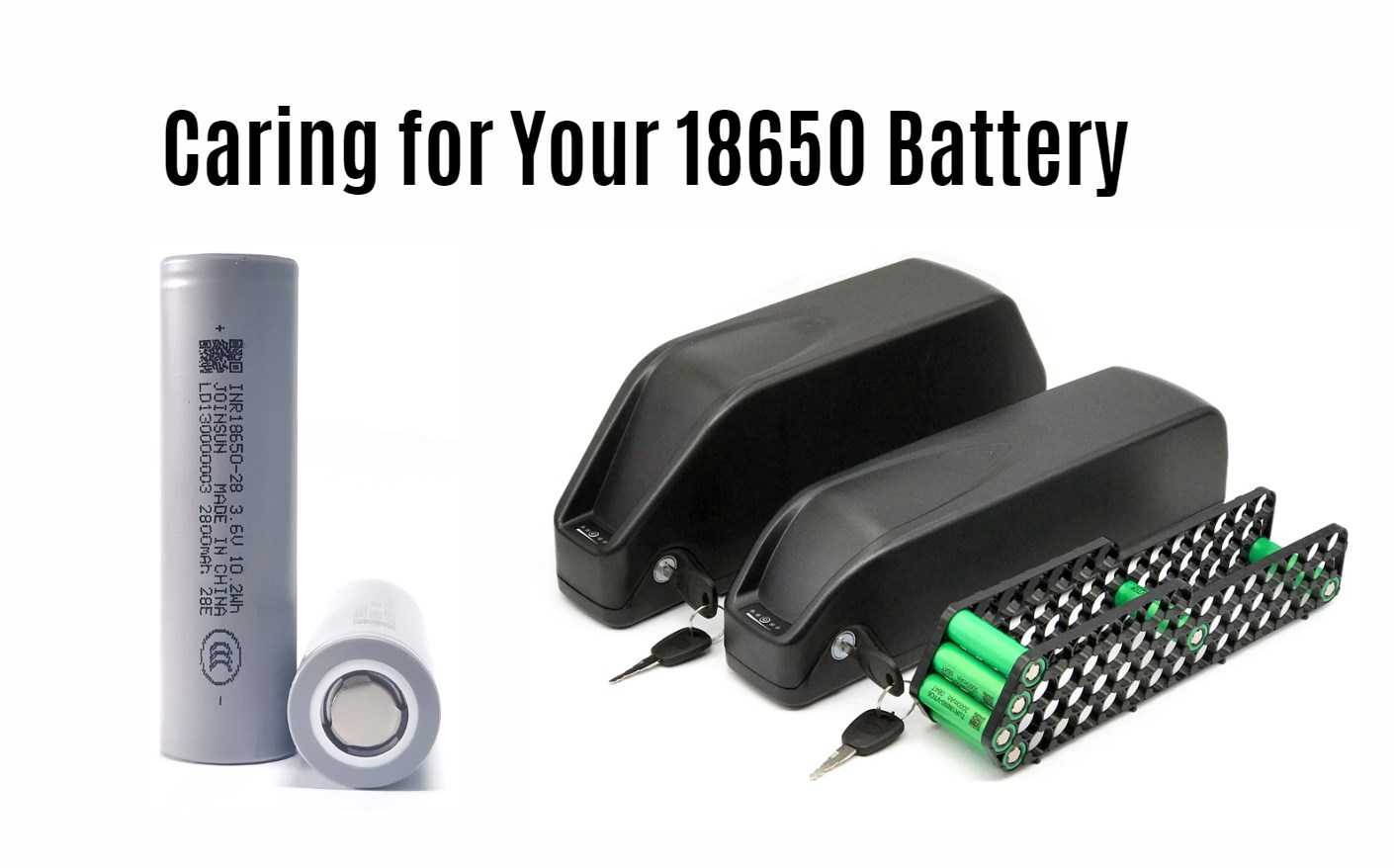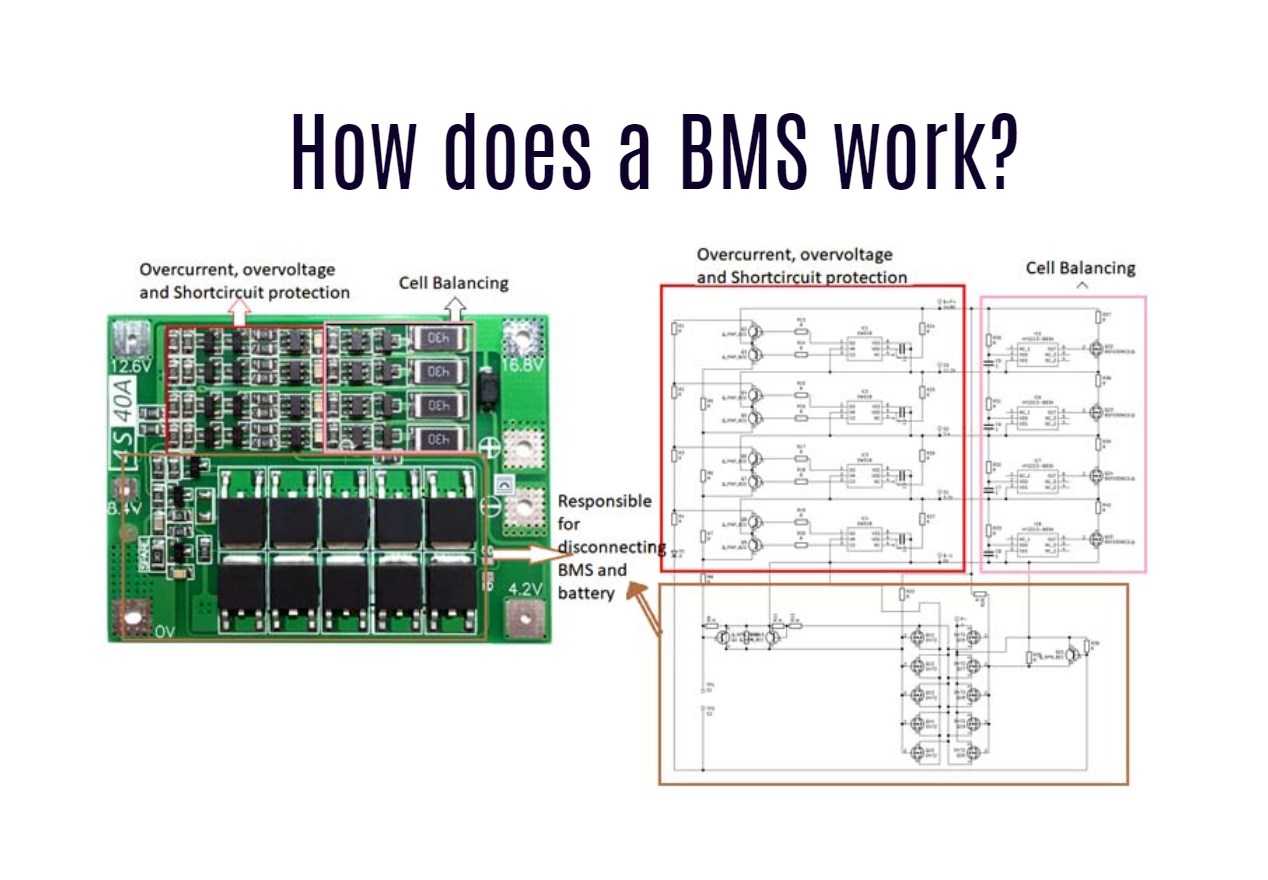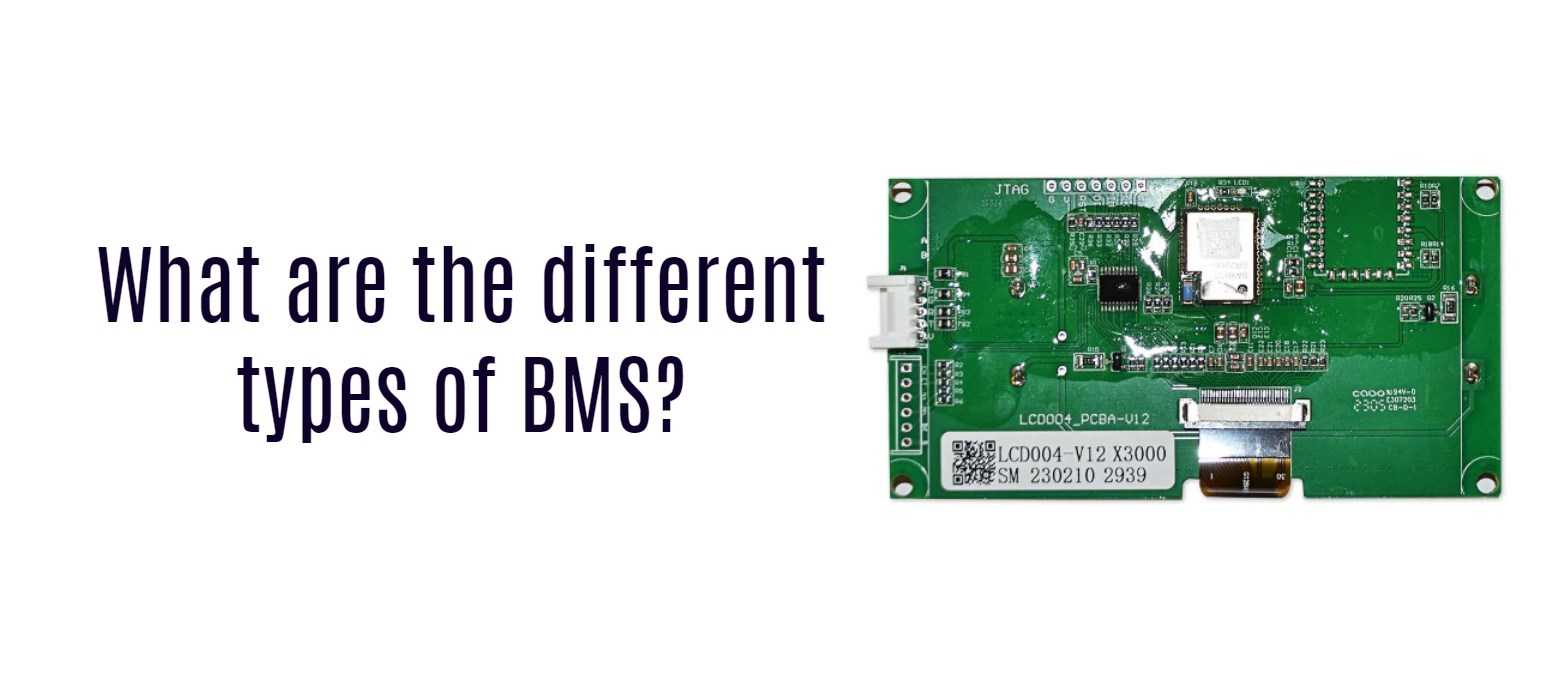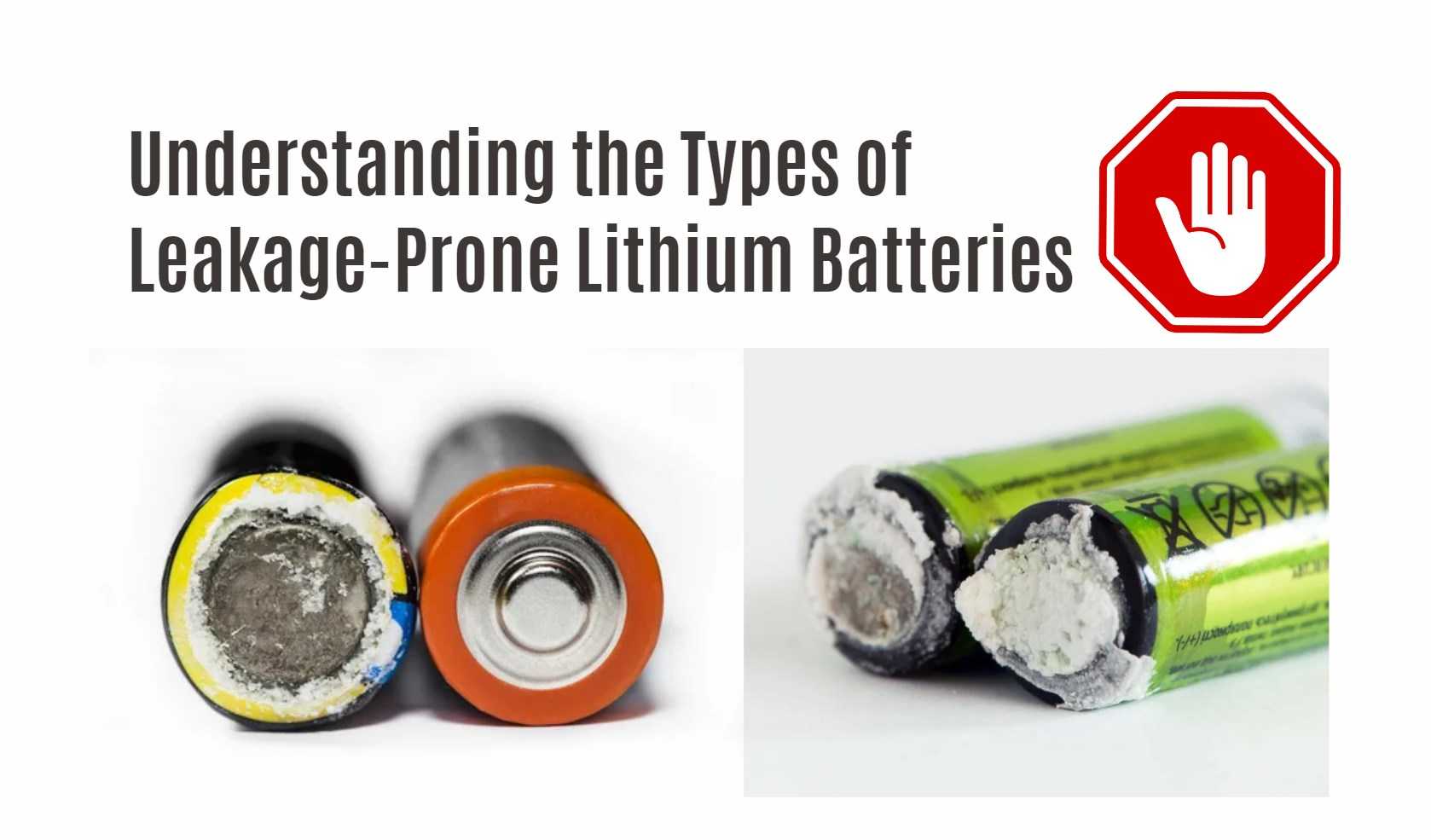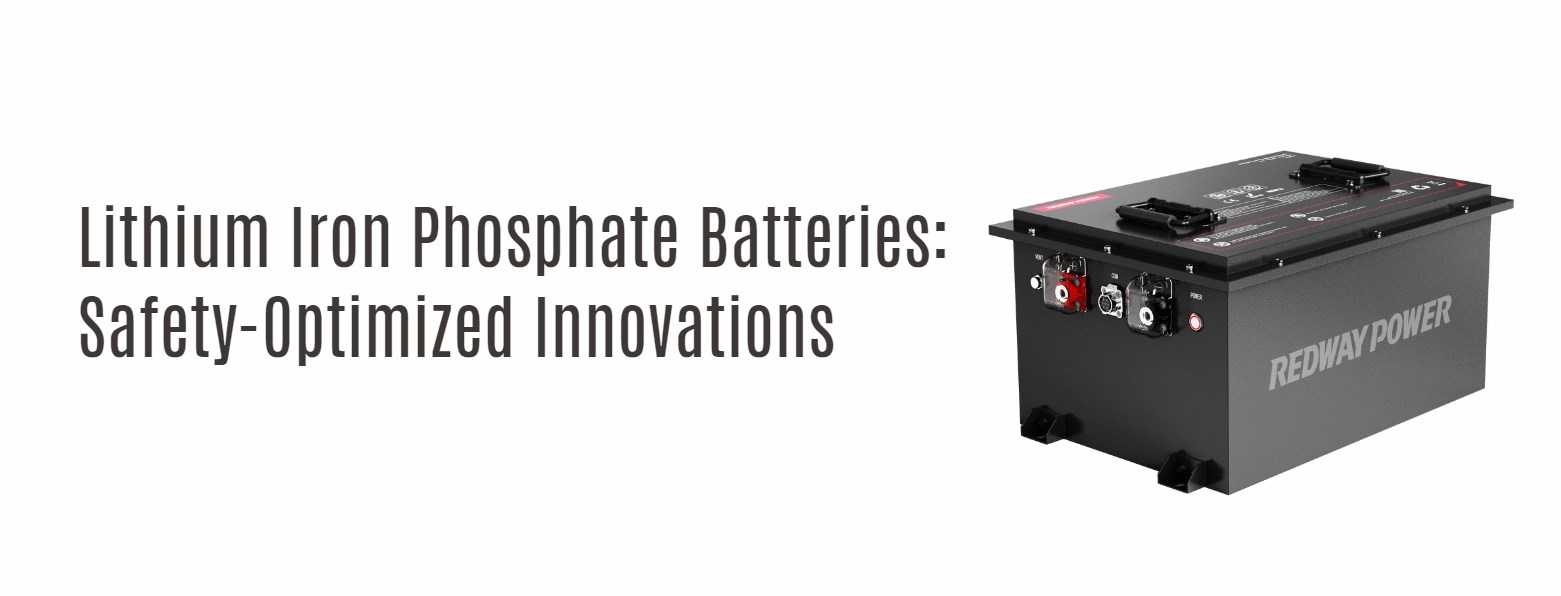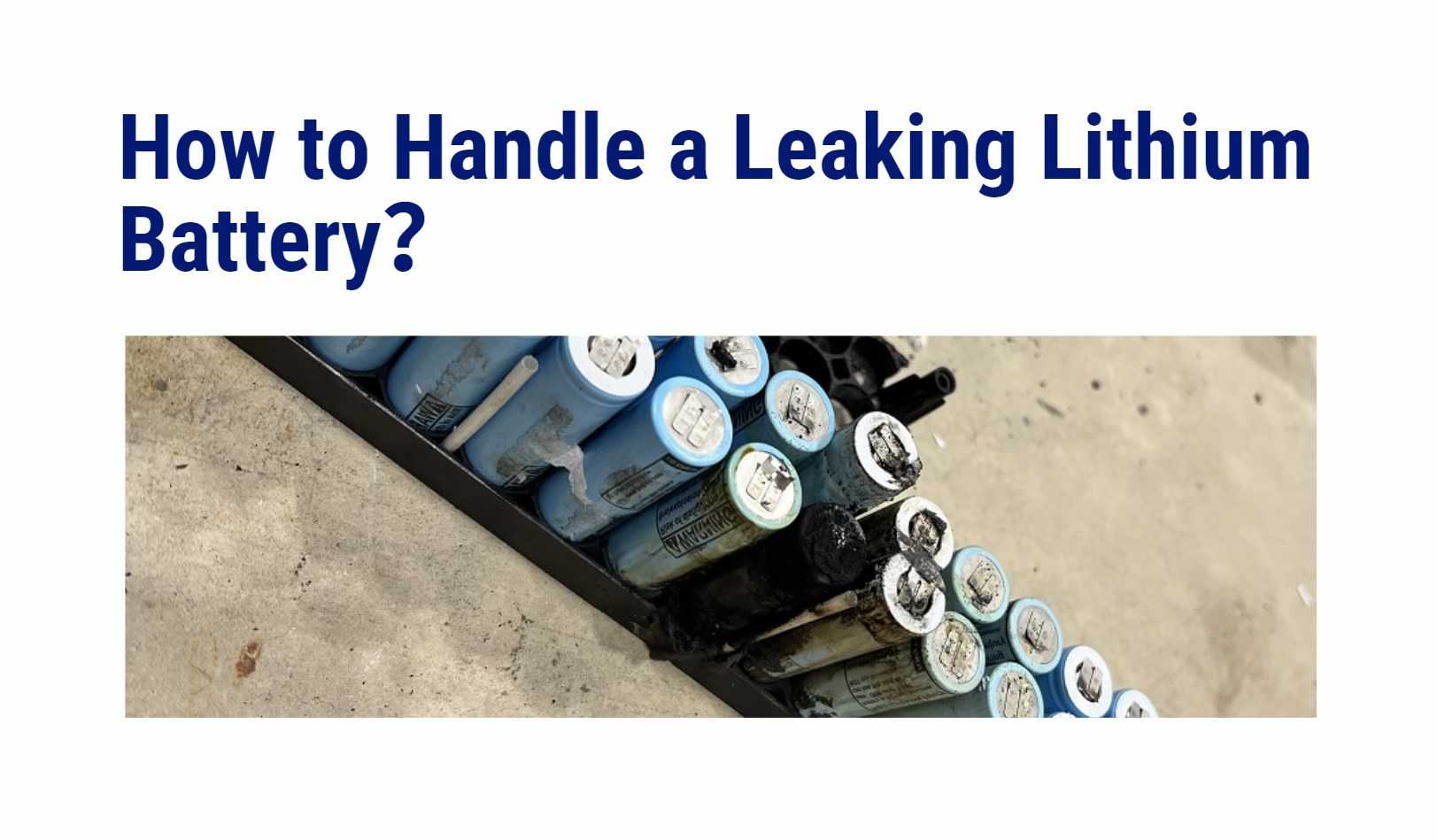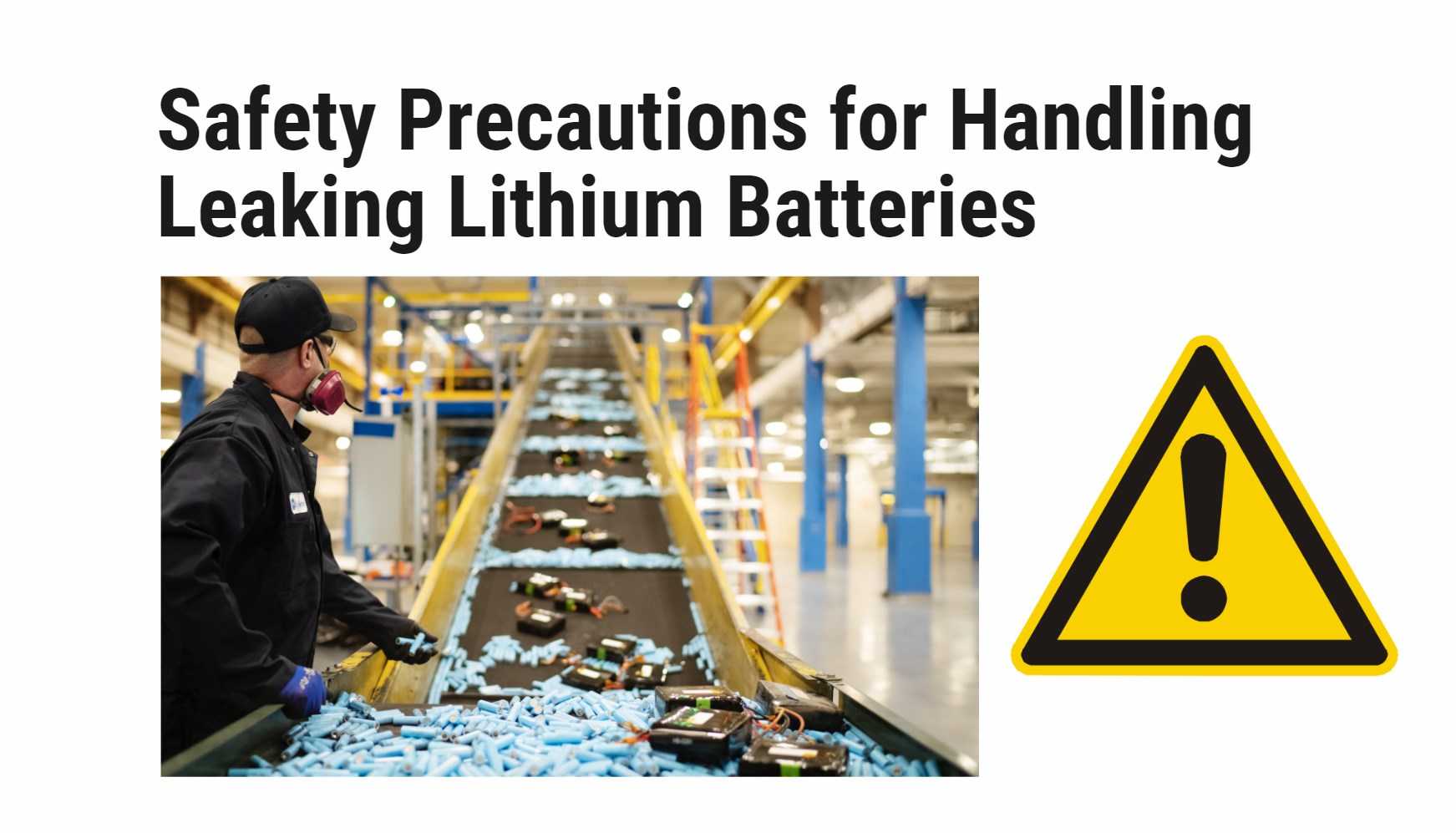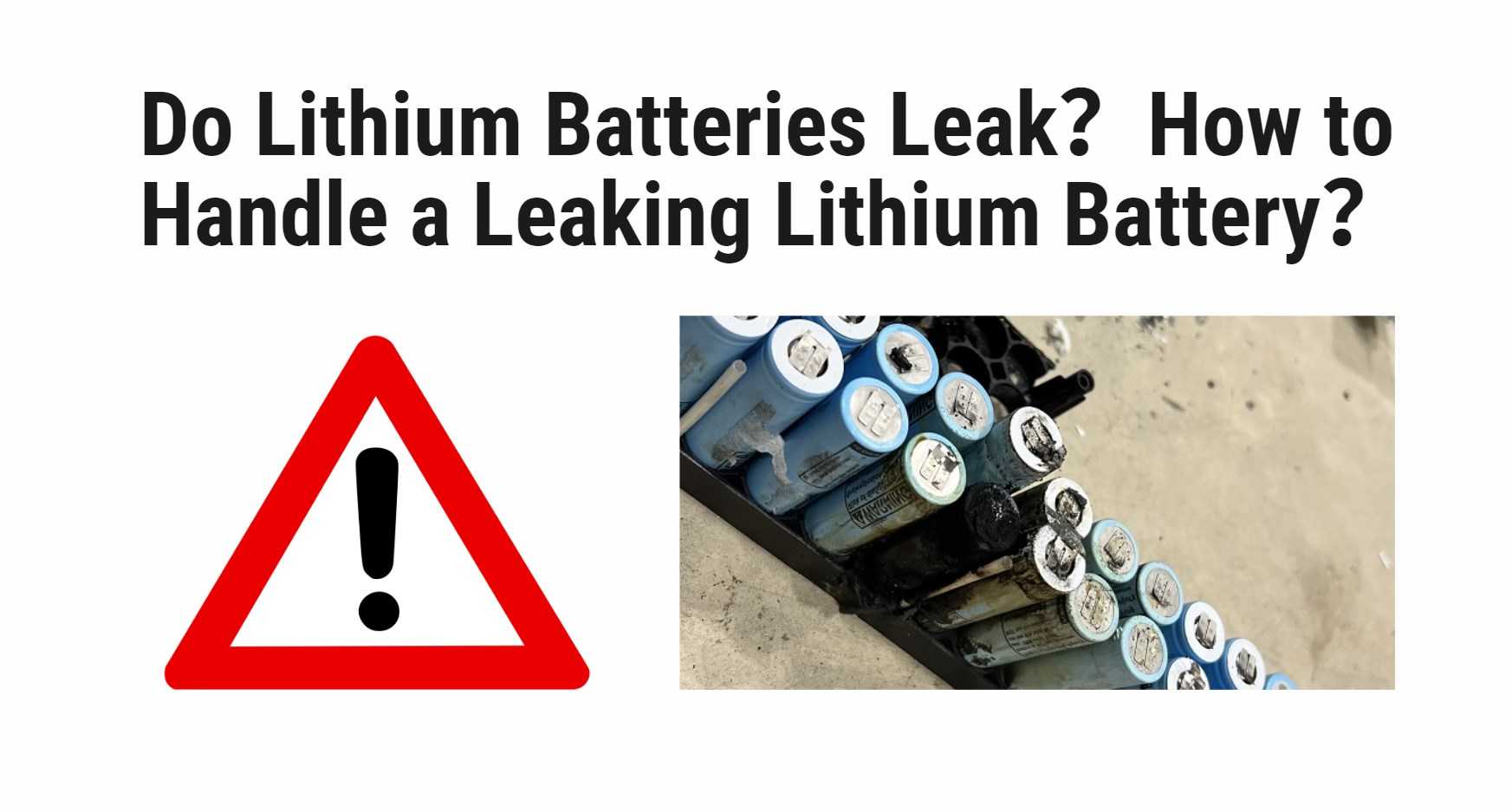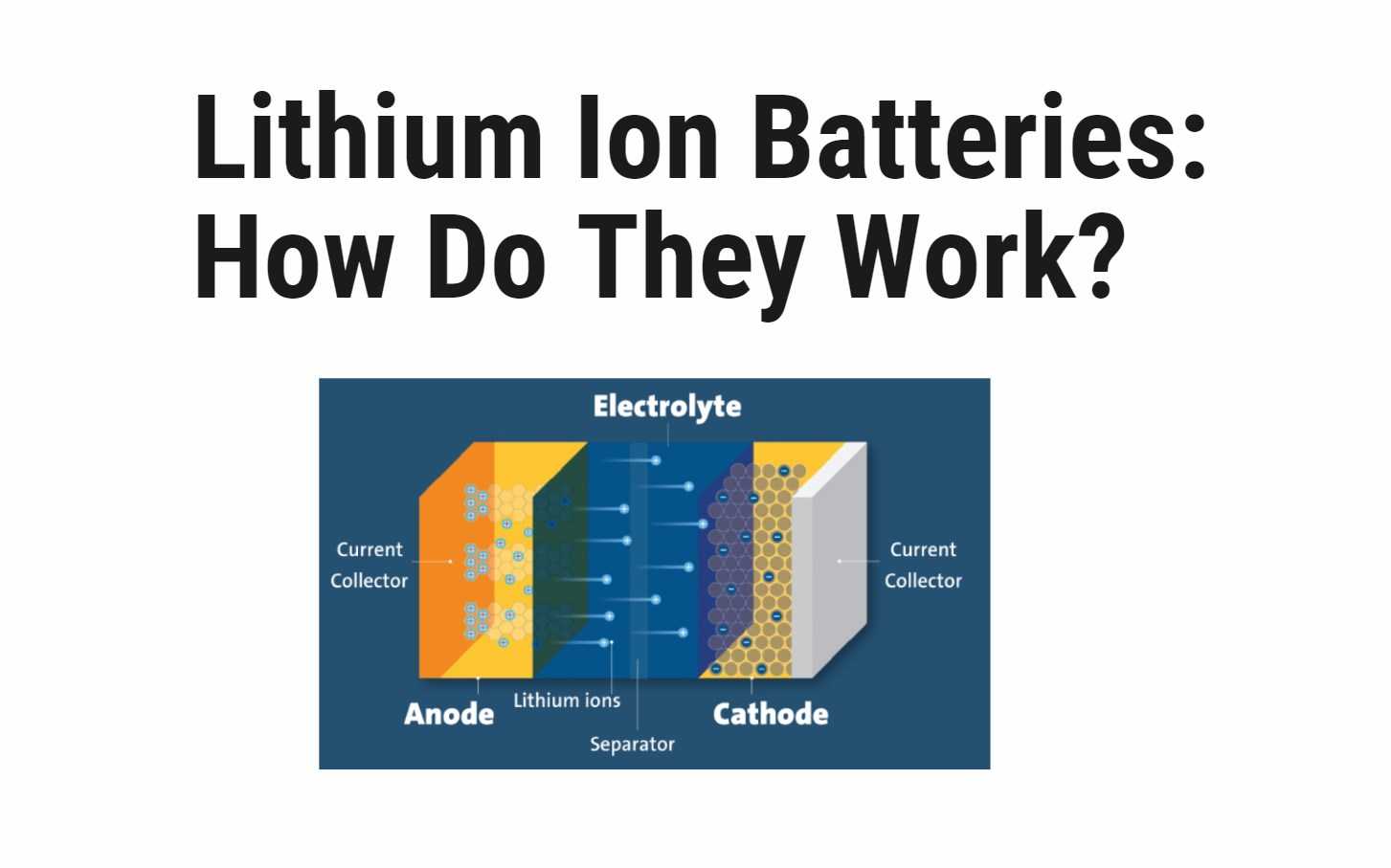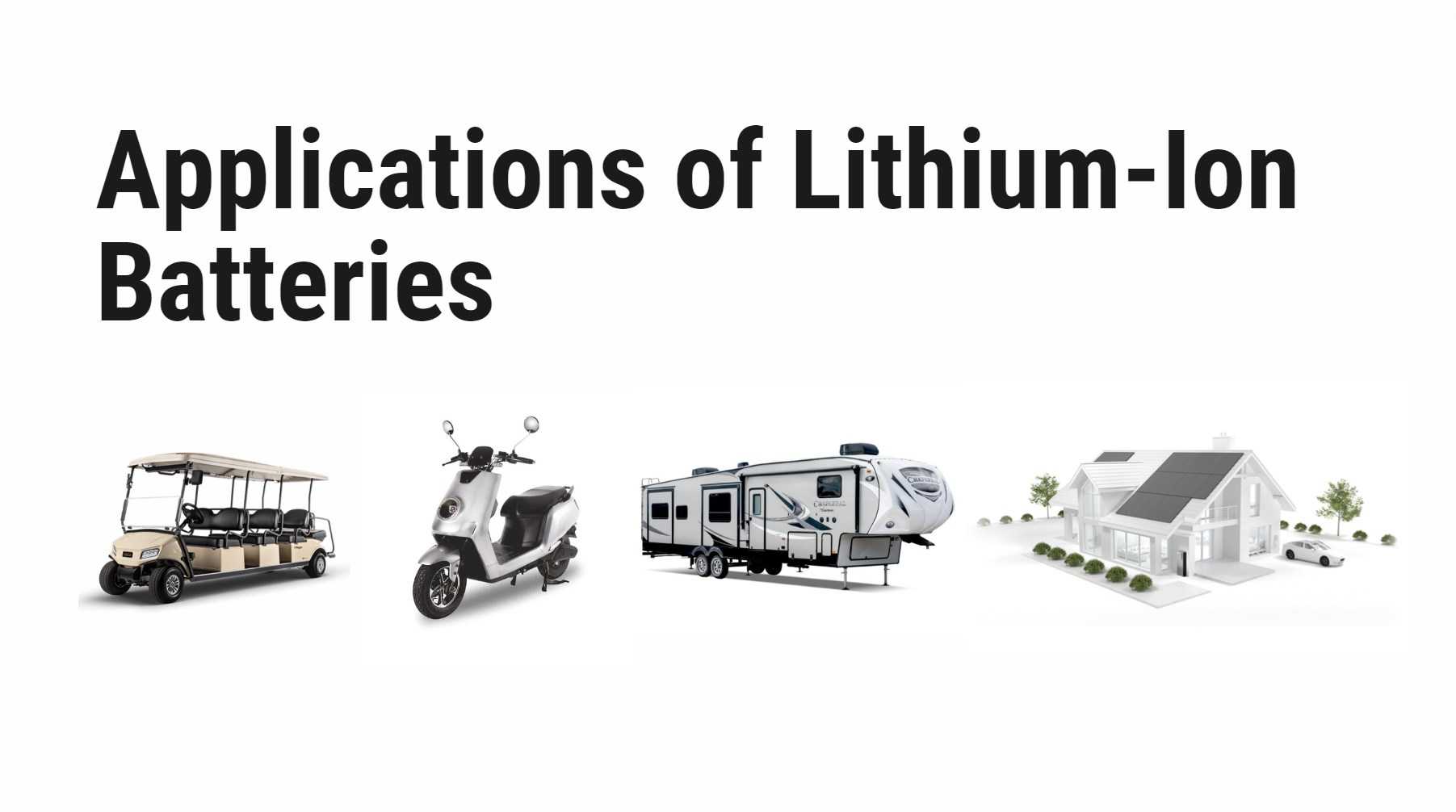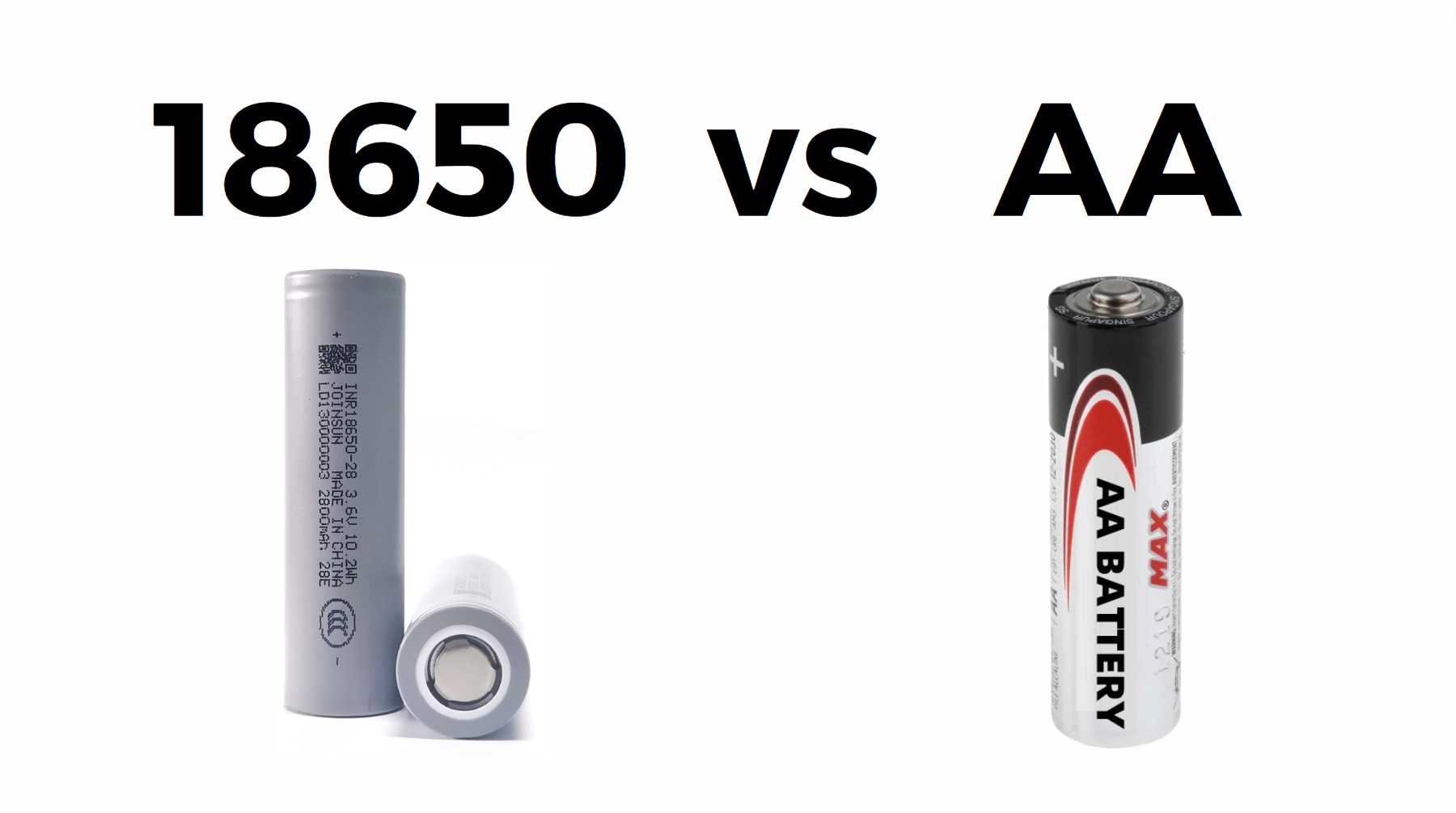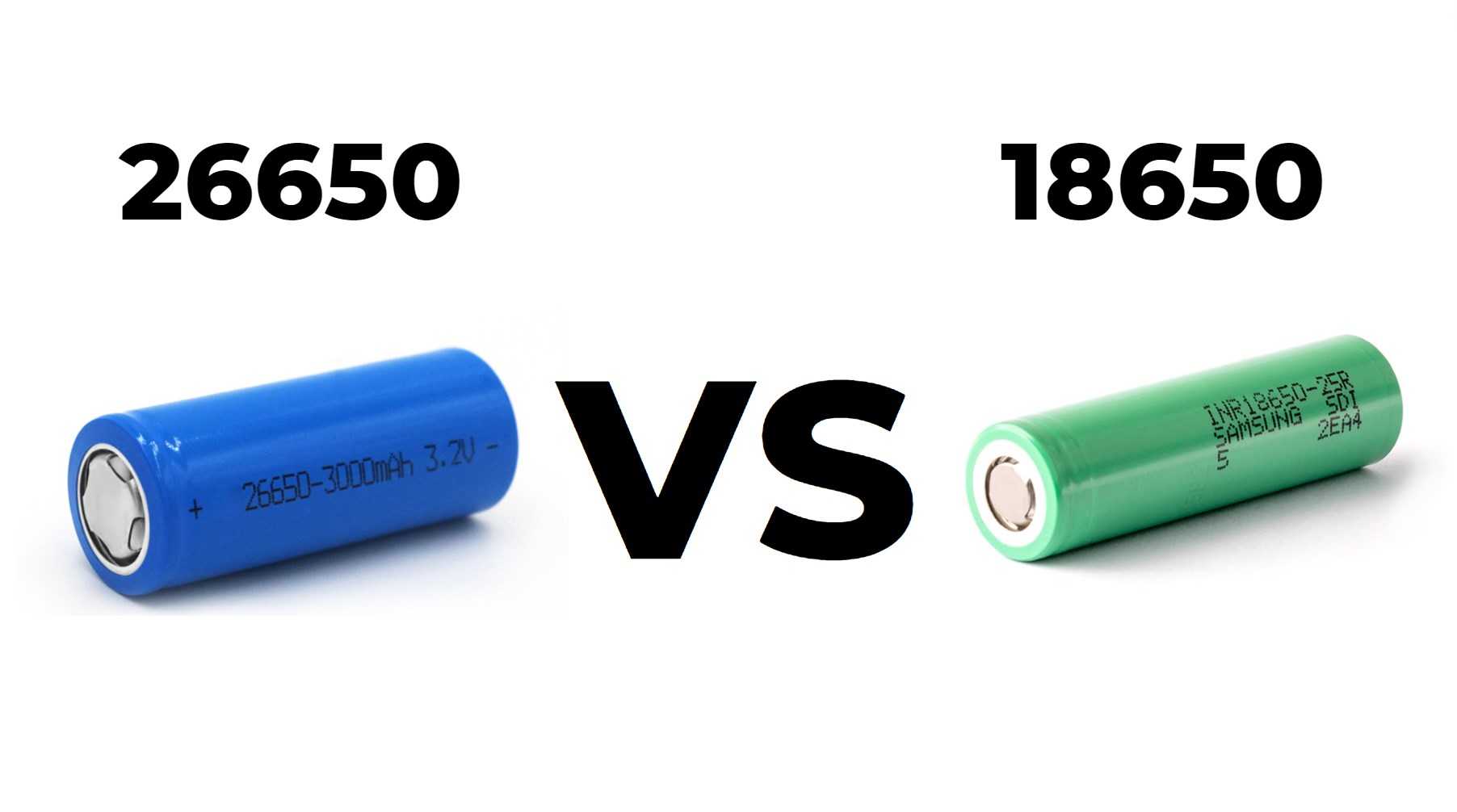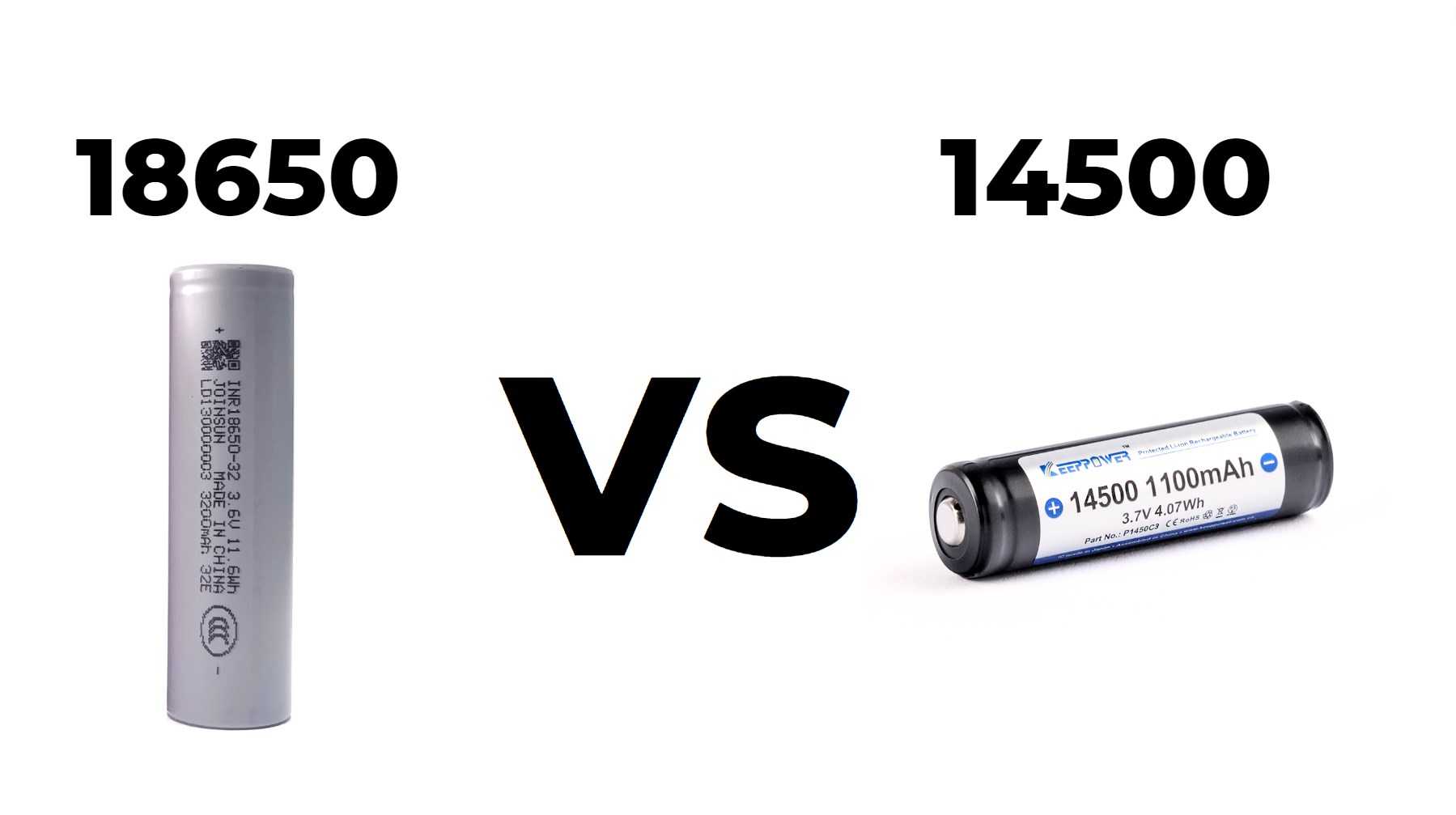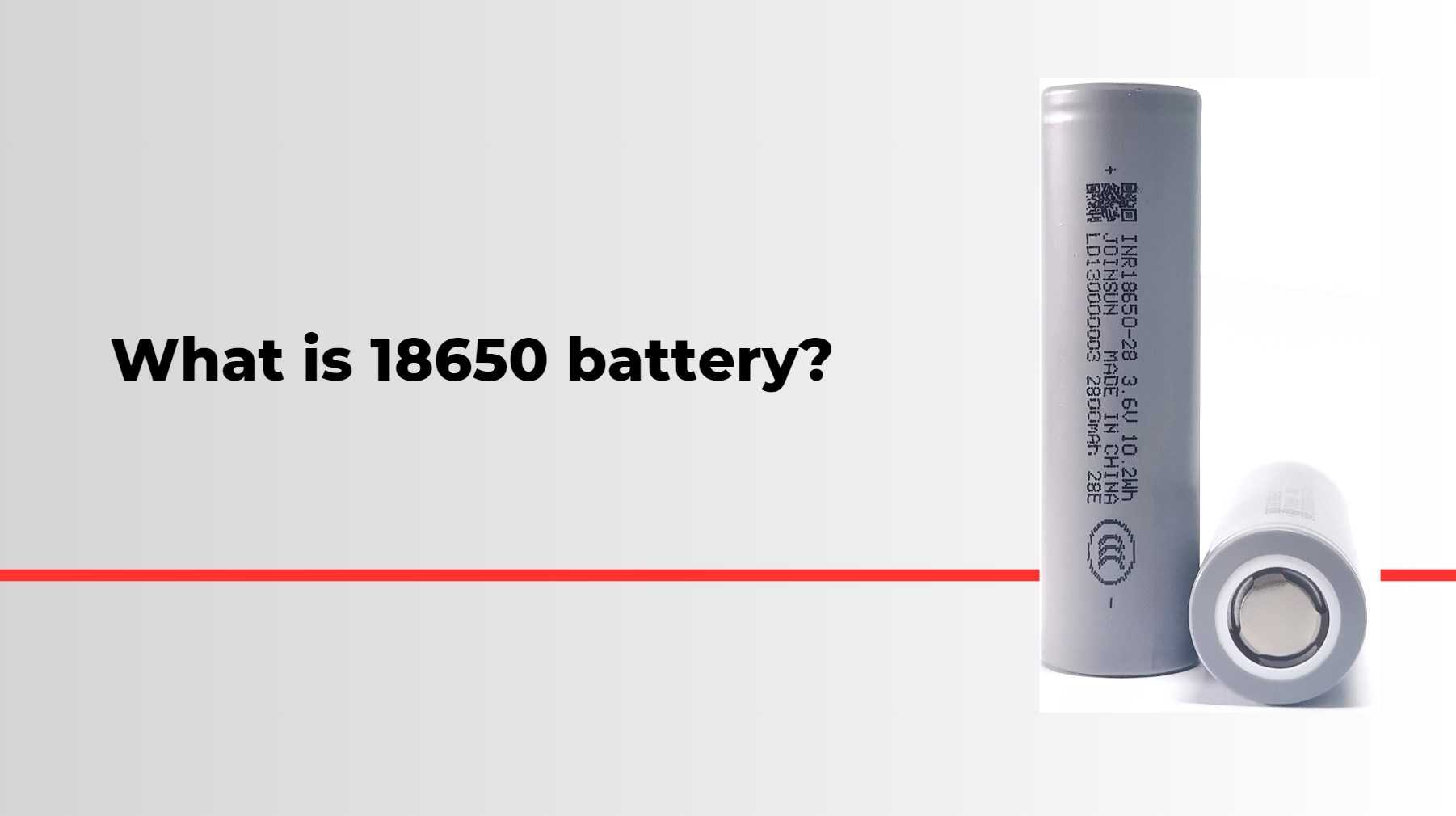26650 and 18650 lithium-ion batteries differ primarily in size, capacity, and application. The 26650 offers higher capacity and current handling ideal for heavy-duty needs, while the 18650 excels in compactness and versatility. Choosing the right battery depends on your device requirements, energy demands, and safety considerations.
What Are the Main Differences Between 26650 and 18650 Lithium-Ion Batteries?
The 26650 battery is physically larger (26mm diameter × 65mm length) with higher capacity (typically 4000–5000mAh), while the 18650 (18mm × 65mm) has lower capacity (1800–3500mAh) but greater portability. The size difference affects power output, weight, and compatible device design.
Detailed Explanation:
Size and capacity are the fundamental differences defining 26650 versus 18650 lithium-ion batteries. The 26650’s larger diameter allows for a thicker electrode, boosting its mAh capacity and maximum discharge current. As a result, 26650 cells suit tools, electric vehicles, and energy storage requiring more power. Conversely, the smaller 18650 batteries fit compact electronics, laptops, and flashlights, prized for their balance of energy density and size. Weight-wise, 26650 cells are roughly 70% heavier. Device manufacturers select between them based on battery compartment design constraints, desired runtime, and power needs.
How Does Capacity Affect Performance in 26650 vs. 18650 Batteries?
Higher capacity in the 26650 means longer runtimes and better endurance under heavy loads; 18650 batteries excel in efficient energy delivery for smaller devices.
Detailed Explanation:
Capacity measured in milliampere-hours (mAh) directly impacts how long a battery can power a device before needing recharge. The 26650 batteries typically range from 4000mAh to 5000mAh or more, nearly double the capacity of a standard 18650, which usually maxes out at around 3500mAh. This higher capacity translates to extended use, especially in applications like electric bikes or power tools. However, capacity alone doesn’t define performance; internal resistance and discharge rates also matter. 18650 cells often have lower internal resistance, creating less heat and enabling better efficiency in low to medium load electronics.
| Specification |
26650 Battery |
18650 Battery |
| Diameter |
26mm |
18mm |
| Length |
65mm |
65mm |
| Typical Capacity |
4000–5000 mAh |
1800–3500 mAh |
| Max Continuous Discharge |
Up to 30A+ |
Typically 10–20A |
| Weight |
70–90 grams |
40–50 grams |
Why Are 26650 Batteries Better for High-Drain Applications?
26650 cells can handle higher continuous discharge currents without overheating, making them suitable for heavy-duty tools, electric vehicles, and flashlights with intense power needs.
Detailed Explanation:
High-drain devices require batteries capable of delivering sustained large currents as high discharge rates can cause heating and voltage drops in less capable cells. The 26650’s larger size accommodates thicker electrodes and more electrolyte, reducing internal resistance and enhancing thermal management. This enables them to safely provide continuous currents of 20–30 amps or more. In contrast, most 18650 cells have maximum continuous discharges closer to 10–20 amps. This difference affects device longevity, safety, and performance consistency under load. For industries or consumers demanding rugged performance, 26650 batteries from manufacturers like Redway Battery deliver reliable power and durability.
Which Devices Typically Use 26650 Versus 18650 Batteries?
26650 batteries are common in industrial-grade power tools, electric scooters, and solar energy storage systems; 18650 batteries dominate laptops, portable electronics, flashlights, and e-cigarettes.
Detailed Explanation:
The choice between 26650 and 18650 batteries often maps closely to device type and usage environment. Compact devices prioritize the 18650 for its small form factor and moderate capacity. In contrast, 26650 batteries appear in applications where size is less critical than power, such as high-capacity battery packs for forklifts, golf carts, or solar installations. Redway Battery’s product line exemplifies this split, offering advanced 26650 solutions tailored for heavy lifting and 18650 cells optimized for mobile electronics. The decision also hinges on battery management and thermal handling in the design phase.
How Does Safety Compare Between 26650 and 18650 Lithium-Ion Batteries?
Both battery types require robust battery management systems (BMS) to prevent overcharge, short circuit, and overheating; 26650s have inherent thermal advantages but need proper housing due to larger energy stored.
Detailed Explanation:
Safety in lithium-ion batteries centers on controlling thermal runaway risks and mechanical or electrical abuse. The 26650’s larger volume dissipates heat better, lowering burst risk during high load or faults. However, more stored energy amplifies hazards if a failure occurs. The smaller 18650 cells, widely used for years, benefit from mature standardization and BMS protocols. Redway Battery embeds advanced safety features and precision controls in both cell sizes’ packs, ensuring compliance with international standards and long-term reliability. Usage scenarios and fail-safe design ultimately define safe battery integration.
When Should You Choose 26650 Over 18650 Batteries?
Choose 26650 for applications demanding higher capacity, greater current draw, and enhanced thermal management—typically where size and weight are less constrained.
Detailed Explanation:
Deciding factors for using 26650 instead of 18650 batteries include device power requirements, desired runtime, and operating conditions. If your project involves continuous high current cycles or extended runtime without frequent charging—such as in electric vehicles, energy storage modules, or professional flashlight gear—the 26650 excels. Manufacturers and OEMs, including Redway Battery, recommend 26650 cells when device size permits and performance criteria require the higher output and durability inherent in their design. For compact, lightweight, or consumer-grade products, 18650 cells remain optimal.
| Use Case |
26650 Battery Preferred |
18650 Battery Preferred |
| Power Tools |
✔ |
|
| Electric Vehicles |
✔ |
|
| Portable Electronics |
|
✔ |
| Laptops |
|
✔ |
| Solar Storage |
✔ |
|
| Flashlights/E-Cigs |
Partial |
✔ |
Can 26650 and 18650 Batteries Be Interchanged?
No; physical dimensions, voltage, and connector designs differ, so batteries should only be replaced with recommended types to ensure device safety and performance.
Detailed Explanation:
Despite both being lithium-ion chemistries, 26650 and 18650 batteries are not interchangeable. The larger diameter of 26650 cells prevents them from fitting in 18650 slots, and vice versa. Voltage ratings are often the same (~3.6–3.7V nominal), but capacity and discharge characteristics differ, impacting device function and safety. Using a battery outside manufacturer specifications risks damage, reduced runtime, or safety hazards such as short circuits. Redway Battery’s technical support team advises users to strictly adhere to OEM guidelines for battery replacements or upgrades.
Does Redway Battery Offer Custom Solutions for 26650 and 18650 Packs?
Yes, Redway Battery specializes in OEM/ODM customization for both battery formats, optimizing capacity, configuration, and safety features to meet diverse industrial and commercial applications.
Detailed Explanation:
Leveraging over 13 years of expertise and advanced manufacturing facilities, Redway Battery provides tailored lithium-ion battery solutions across both 26650 and 18650 types. Their engineering team collaborates with clients to design battery packs that integrate seamlessly with specific power demands, enclosure constraints, and performance goals. Options include customized BMS configurations, voltage ranges, cell balancing, and protective casing enhancements. This flexible approach ensures clients in forklift, golf cart, telecom, RV, solar, and energy storage sectors receive reliable, high-performing battery systems.
How Do Manufacturing Quality and Certifications Affect Battery Reliability?
ISO 9001:2015 certification and advanced automated production lines ensure consistent quality, safety, and performance in battery packs, reducing failure risks and increasing lifespan.
Detailed Explanation:
Quality assurance in lithium-ion battery production is vital. Redway Battery’s four modern factories employ MES systems and automated processes to minimize human error and standardize cell assembly and testing. ISO 9001:2015 certification underscores their commitment to strict quality management. These measures translate to more uniform battery output, better internal resistance metrics, and reduced risk of defects. In critical applications like industrial vehicles or telecom backup, such reliability and traceability safeguard operations and reduce maintenance costs.
Redway Expert Views
“Choosing the right lithium-ion battery is pivotal for operational success across sectors. With 26650 and 18650 formats, understanding power requirements versus device design constraints can optimize energy solutions. At Redway Battery, we emphasize customized engineering backed by stringent quality protocols and innovative manufacturing. Our goal is to deliver safe, durable, and high-performance batteries that empower industries worldwide, from forklifts to solar storage systems.” — Senior Battery Engineer, Redway Battery
Conclusion
Choosing between 26650 and 18650 lithium-ion batteries hinges on size constraints, energy capacity needs, and application-specific power demands. The 26650 stands out for high-drain, heavy-duty uses, offering longer runtimes and superior thermal management, while the 18650 excels in compact, versatile electronics due to its smaller size and efficiency. Safety, manufacturer recommendations, and OEM customization options also govern optimal battery selection. Trusting established suppliers like Redway Battery ensures reliability, top quality, and tailored solutions to meet diverse industrial and consumer energy needs.
Frequently Asked Questions (FAQs)
Q1: Can I use a 26650 battery in place of an 18650?
No, due to size and electrical differences, substituting is not recommended and can be unsafe.
Q2: Which battery lasts longer, 26650 or 18650?
26650 batteries typically last longer per charge due to higher capacity but depend on the device’s power draw.
Q3: How many 18650 batteries equal the capacity of one 26650?
Approximately 1.5 to 2 standard 18650 batteries match the capacity of a single 26650 battery.
Q4: Are 26650 batteries more expensive than 18650?
Generally yes, as larger size and higher capacity require more materials and advanced manufacturing.
Q5: Does Redway Battery provide after-sales support for customized packs?
Yes, Redway offers 24/7 after-sales service alongside full customization and technical support.


